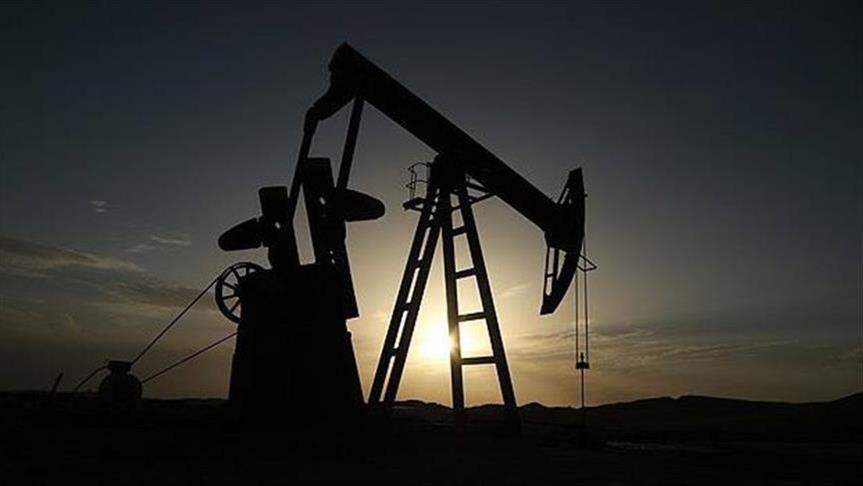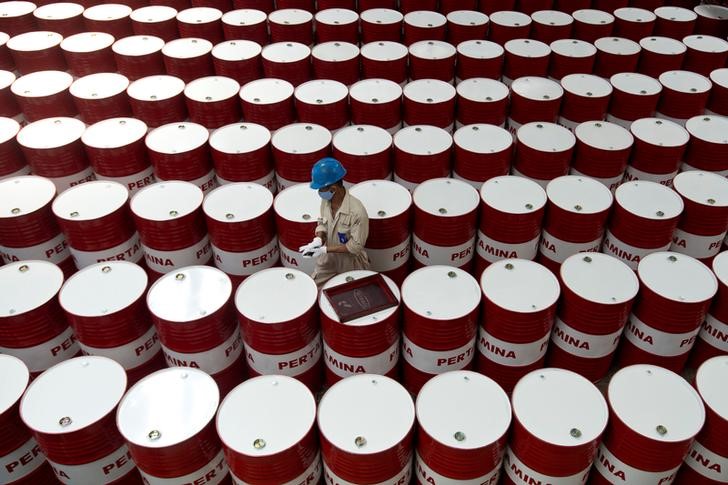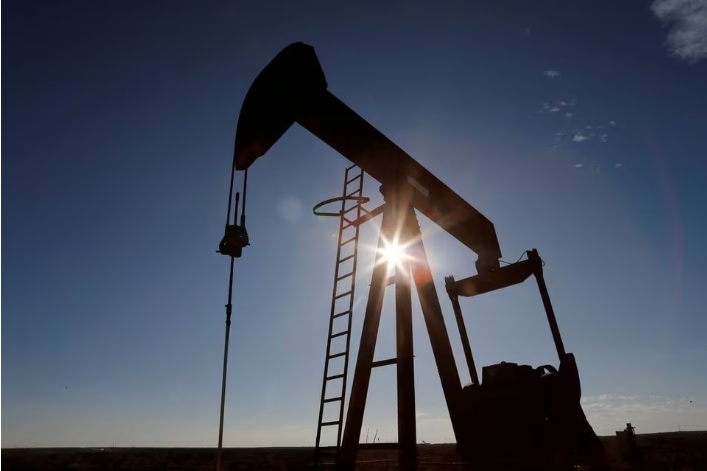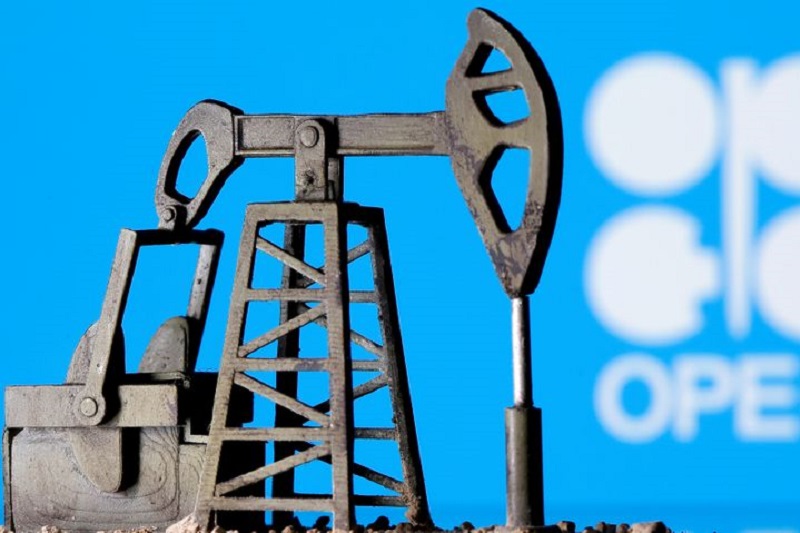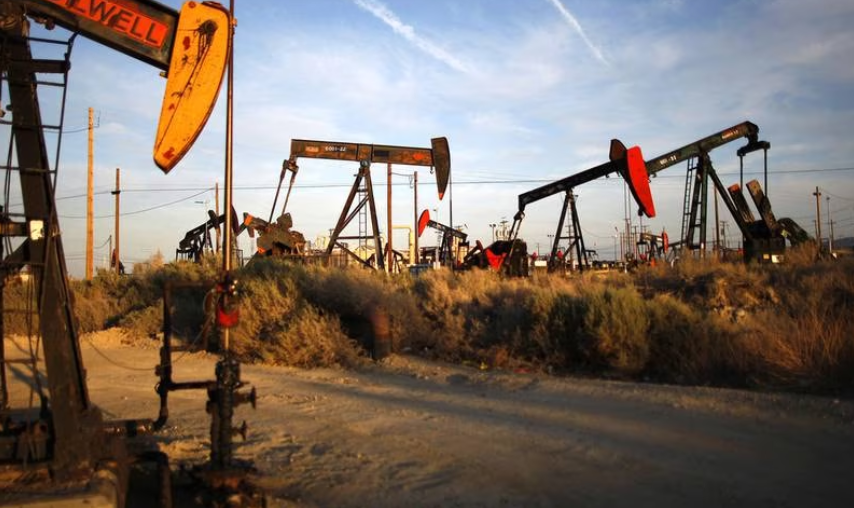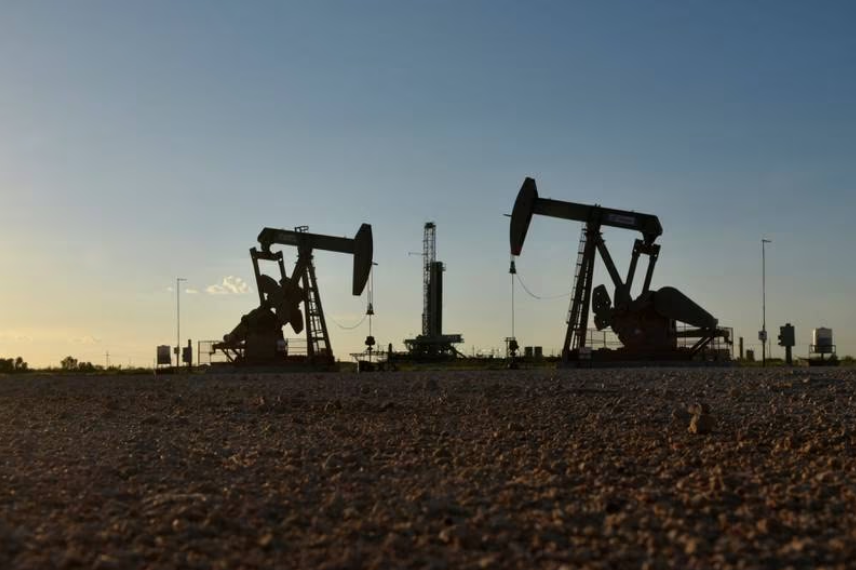The process, known as magnetohydrodynamics, or open cycle in simpler terms, involves burning coal with oxygen instead of air to generate electricity without emitting any sulphur oxide (SOx) dioxide.
Thermal power stations the world over have been under scrutiny from environmentalists since sulphur oxides, mainly sulphur dioxide (SO2) emitted by coal-fired power plants, produce long-term risks for numerous cardiovascular diseases like asthma and tuberculosis.
They are also criticised as key drivers of climate change because they emit a lot of greenhouse gases. Not using air also avoids generating nitrogen dioxide, the main atmospheric and health contaminant emitted from thermal power plants.
Included in a group of technologies known as carbon capture and sequestration, zero-emission fossil fuel plants have been a dream never realised in practice locally, as it always seems to cost a lot.
This is probably because most attempts just add on another step after the traditional electricity generation steps, almost as an afterthought. But this new technology being implemented by Sinohydro completely changes the steps and the approach from the ground up.
It is based on magnetohydrodynamics, a new, high-pressure, oxy-fuel, supercritical cycle that generates low-cost electricity from fossil fuels while producing near-zero air emissions.
"All sulphur dioxide that is generated by the cycle is produced as a high-pressure, pipeline-ready by-product for use in enhanced oil recovery and industrial processes, or that can be sequestered underground in tight geologic formations where it will not get out to the atmosphere for millions of years," a Sinohydro official explained to the Zimbabwe Independent during a tour of the plant last weekend.
The Allam Cycle also means the power plant is a lot smaller and can be sited in more areas than older plants could.
Conventional power plants rely on thermal power cycles for energy production. These systems create heat by burning fossil fuel using the oxygen in air. This takes place in a large boiler, where coal is burned and water is boiled to create high pressure steam. This high-pressure steam then expands through a steam turbine, creating power. In the magnetohydrodynamics cycle, turbine power plants, natural gas or coal syngas is burned in a combustor with compressed air.
"The heated gases then expand and drive a gas turbine. The turbine exhaust is extremely hot, so it is subsequently used to boil water to create high pressure steam and drive a steam turbine, thereby combining cycles. In both systems, aqueous steam is essential to the process as a working fluid," the official further explained.
"Natural gas is burned with a mixture of hot carbon dioxide and oxygen, known as oxy-combustion. The plant is designed in a manner that will use standard cryogenic air separation units to generate oxygen, integrating the heat of that unit. The load of oxygen production is included in their efficiency numbers, and because of the cycle's high inherent efficiency, it doesn't change the economics much. The resulting working fluid is a mix of high-pressure carbon dioxide and water, which is subsequently expanded through a turbine and then cooled in a heat exchanger (a recuperator).
"This is key. The turbine is not turned with steam, but with carbon dioxide. The water then condenses and is separated out, leaving a pure vapor-phase carbon dioxide stream. That stream is compressed and pumped back up to high pressure for re-use, but the excess carbon dioxide is sent to a pipeline, ready for sale to companies that may need it or even export," the official said.
This was corroborated by Sinohydro site manager Tang Zhaolai who said: "For this project from design, we were considering the environment. The filter installed will remove sulphur dioxide which is emitted into the air by the old units," he said.
When the Independent crew visited the plant, hordes of employees -- who now reside on the premises in one of the companies' innovative measures to contain the spread of Covid-19 -- were working on the megastructures, which include a giant cooling tower which is near complete, boilers and other components.
As part of its corporate social responsibility initiatives, Sinohydro contributed $1,5 million to the setting up of an isolation centre in Hwange, as well as donating 15 000 face masks to the community.
A face mask is given to every worker on site on a daily basis. Workers at the site said since the outbreak of the novel Coronavirus they have been given sufficient food supplies and decent accommodation on site.
The expansion of the Hwange Thermal Power Plant is expected to feed 600 megawatts into the national grid and will go a long way in easing the country's electricity crisis. Currently, Zimbabwe requires about 1 800 megawatts at peak periods, but frequent breakdowns at the existing antiquated units have reduced production to less than 500 megawatts.
